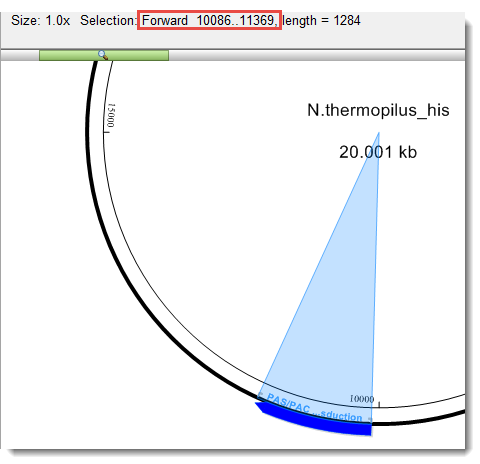
#Geneious prime tutorials code#
Even more extreme evolutionary cases, where chloroplasts show a very low GC content and a modified genetic code have been described. Despite the overall high sequence conservation of the chloroplast genome, there are striking differences in the gene content between different autotroph groups, exemplified by the loss of the whole ndh gene family in Droseraceae ). Interesting features of chloroplast genomes include their small size (120 to 160 kbp,), due to endosymbiotic gene transfer, and the low number of 100 to 120 genes that are encoded within the genome. Chloroplast genomes are widely used for evolutionary analyses, barcoding, and meta-barcoding. These early efforts elucidated the general genome organization and structure of the chloroplast DNA and have been reviewed previously. The first chloroplast genome sequences were obtained in 1986. Because of their small size, chloroplast genomes were one of the first targets for sequencing projects. They harbor their own prokaryotic type of ribosomes and a circular DNA genome that varies in size between 120 to 160 kbp. Ĭhloroplasts are essential organelles present in the cells of plants and autotrophic protists, which enable the conversion of light energy into chemical energy via photosynthesis. The resulting assemblies are available from Zenodo. The input data sets can be generated using the raw reads from NCBI SRA (links for each data set in Table S2).

All program code is available via Zenodo or from Github. The simulated data set is available from Zenodo.

The supplemental material is available from Zenodo. This study adheres to the guidelines for computational method benchmarking. All resulting assemblies are available from Zenodo. Those simulated data sets are stored at Zenodo. To enable a fair comparison of all tools, we generated simulated sequencing data. That docker containers are published on dockerhub and are named with a leading benchmark_ (Additional file 1: Table S3). All used assembly tools are hosted on GitHub (Table 4) and are encapsulated in docker containers.

Source code for all methods used is available at and archived in Zenodo under. The Creative Commons Public Domain Dedication waiver ( ) applies to the data made available in this article, unless otherwise stated in a credit line to the data. If material is not included in the article’s Creative Commons licence and your intended use is not permitted by statutory regulation or exceeds the permitted use, you will need to obtain permission directly from the copyright holder. The images or other third party material in this article are included in the article’s Creative Commons licence, unless indicated otherwise in a credit line to the material. Open Access This article is licensed under a Creative Commons Attribution 4.0 International License, which permits use, sharing, adaptation, distribution and reproduction in any medium or format, as long as you give appropriate credit to the original author(s) and the source, provide a link to the Creative Commons licence, and indicate if changes were made.


 0 kommentar(er)
0 kommentar(er)
